Libraries and the Liminal Spaces of Disinformation
Roberto Vargas, Pam Harris, Simon Elichko
Pshhhkkkkkkrrrrkakingkakingkakingtshchchchchchchchcchdingding*ding
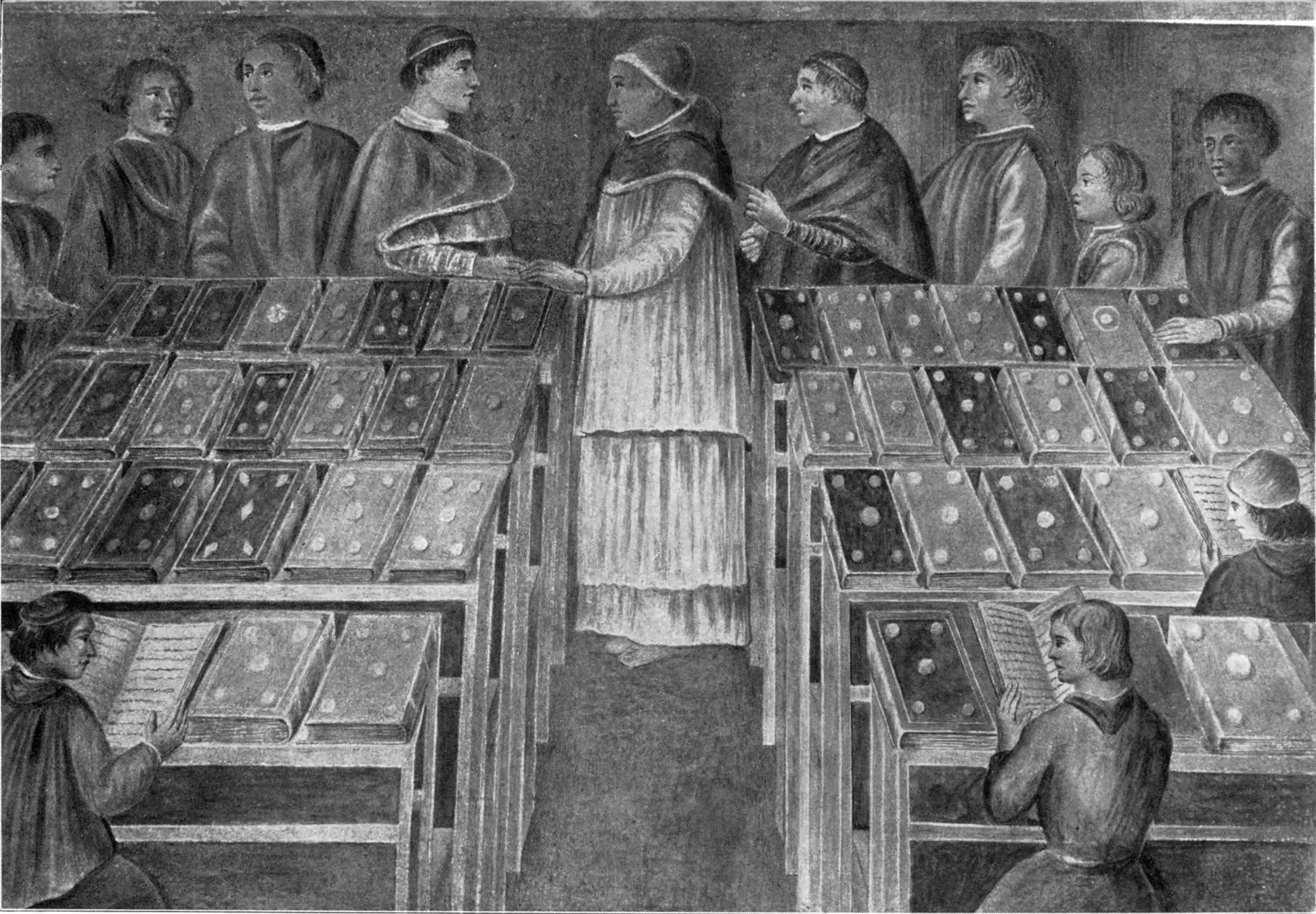
Interior of the Library of Sixtus IV, John Willis Clark, Public domain, via Wikimedia Commons
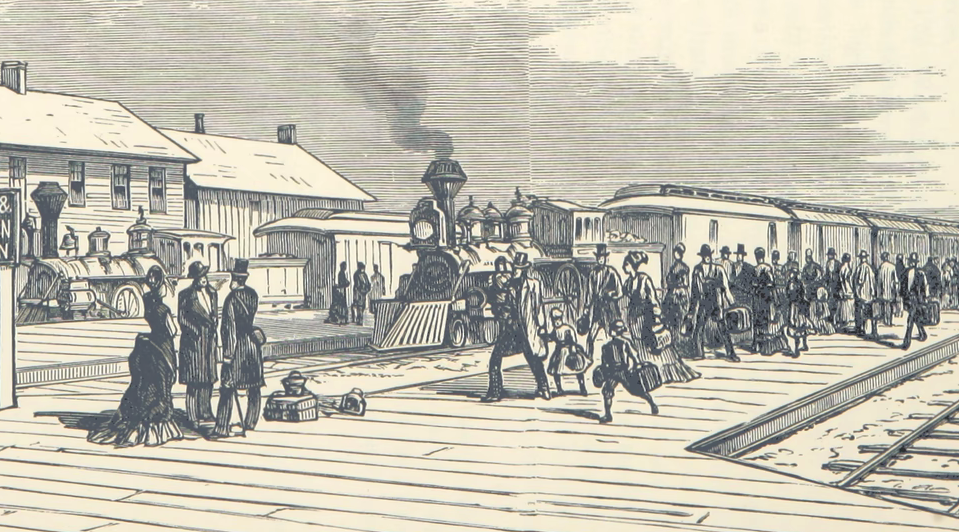
An 1882 sketch of the railroad depot at Council Bluffs, Iowa (British Library / Wikimedia)
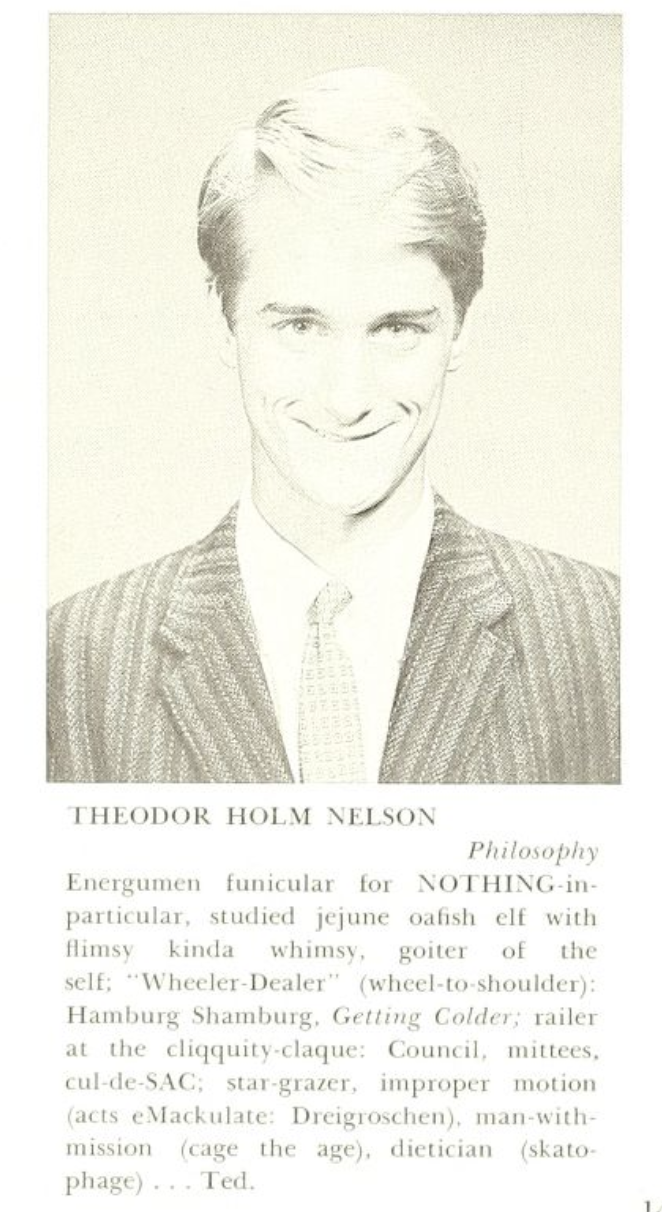
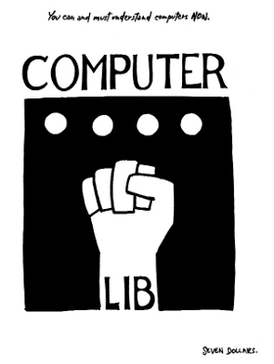
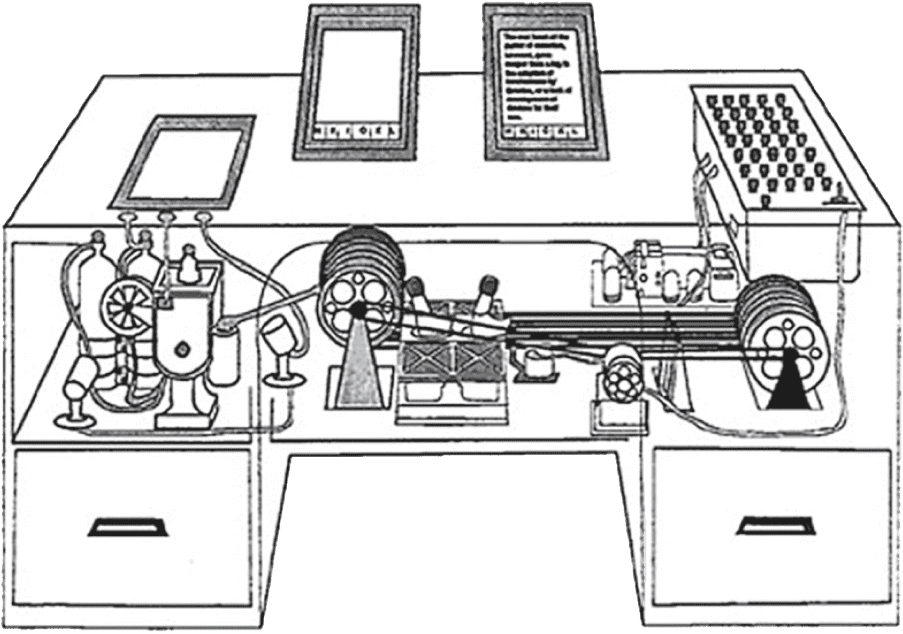
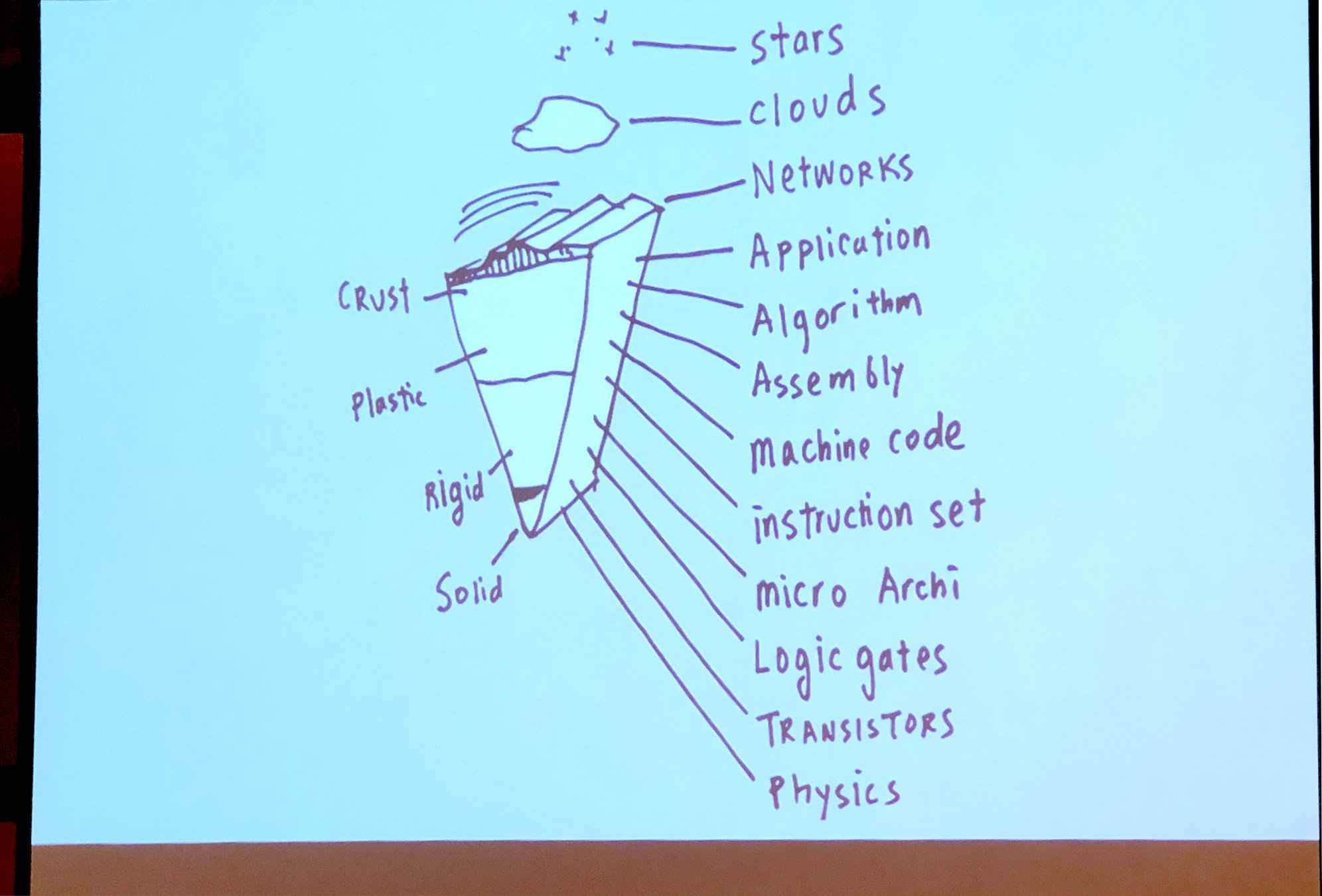
drawing by Taeyoon Choi
reading books,
reading systems
a very brief history of librarians
teaching (dis)information
“New sciences are springing up, and new and diverse applications of science are rapidly multiplying. And in every department of learning new outlooks are taken, giving rise to new forms of thought. But the student period of a young man’s life cannot be indefinitely increased. We believe, therefore, that the demand can be met best, not by making the curriculum cover everything, but by giving special attention to the where and the how of acquisition....to explain in general terms the nature and use of the devices for finding what one wants, to show how they may supplement their course of study at every point….”
Otis H. Robinson, Librarian of Rochester University Library (1880)
Citizenship in a modern democracy involves more than knowledge of how to access vital information. It also involves a capacity to recognize propaganda, distortion, and other misuses and abuses of information. People are daily subjected to statistics about health, the economy, national defense, and countless products....One political party says the social indicators are encouraging, another calls them frightening....In such an environment, information literacy provides insight into the manifold ways in which people can all be deceived and misled. Information literate citizens are able to spot and expose chicanery, disinformation, and lies.”
Final report, American Library Association Presidential Committee on Information Literacy (January 1989)
Both educators and librarians must help students see how networked systems affect how they read, and how they come to know things. Ultimately, students must learn how to read these systems — the architectures, infrastructures, and fundamental belief systems — so they can put what they read in context and determine whether or not it’s trustworthy."
Allison Head, Reading in the Age of Distrust. Project Information Literacy. (2021)

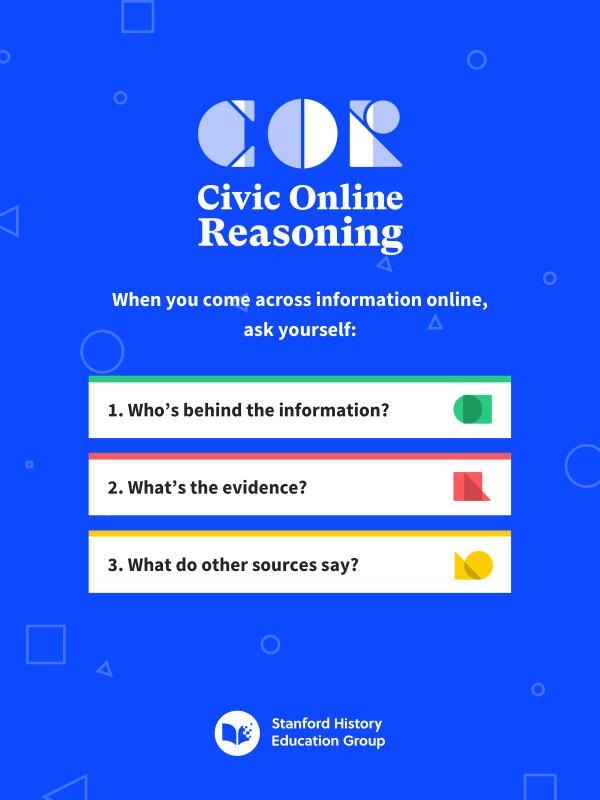
PsycINFO
Professional Indexers
PSYC 25 : Research & Design
Searching Historical Sources
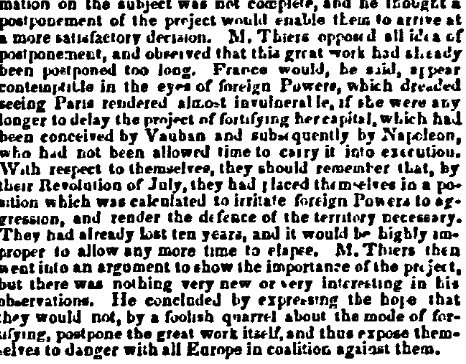
+ OCR

+ aging vs ageing

+ egregious
+ aa'ku OR acoma

New Historicism & historical newspapers (Roberto)
To think about....
"... how many sources do you need to establish the importance of a theme? Twenty?... in a database containing millions of sentences, full-text search can turn up twenty examples of anything... this might strengthen confirmation bias."
-Ted Underwood,
Theorizing Research Practices We Forgot to Theorize Twenty Years Ago
Literature review (Pam and Andrea Baruzzi)
B / E / A / M
Writers rely on background sources, interpret or analyze exhibits, engage arguments, and follow methods.
Joseph Bizzup (2008)
French Thesis (Pam)
Close reading of a bibliography.
Critical Information Analysis with Google
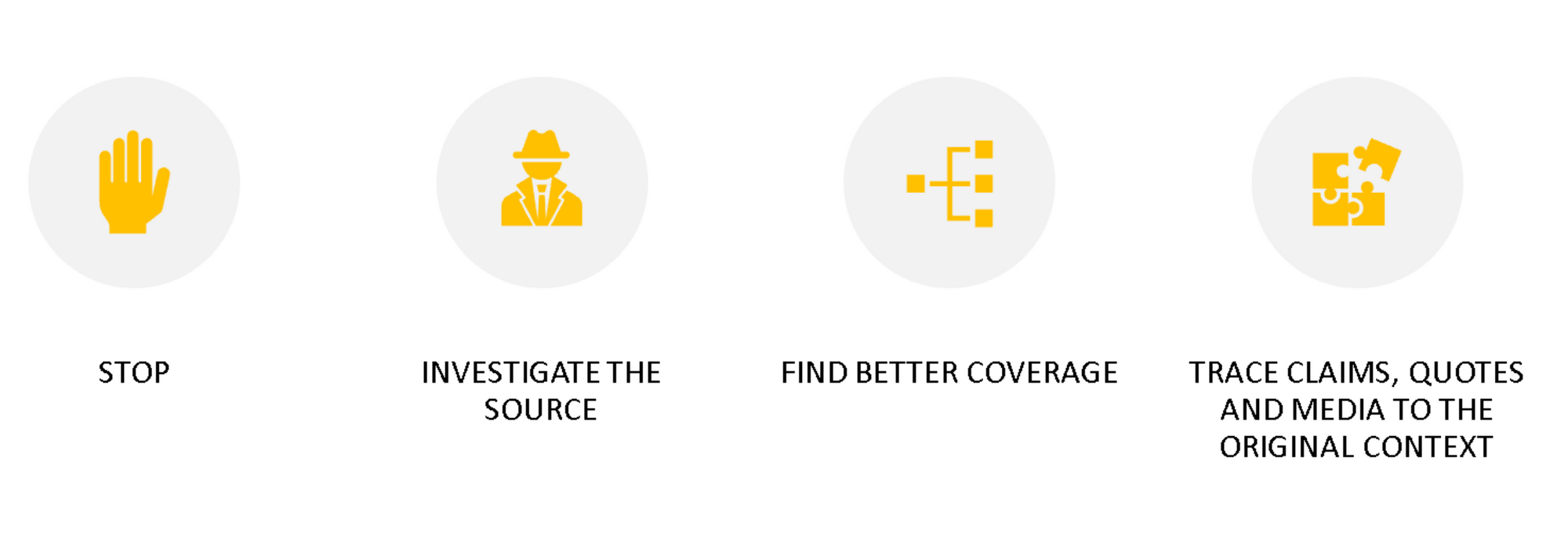
Some tricks....
Linguistics research (Roberto)


choosing a database:
what's included in this search?
what kind of things can i find here?
what can't i find here?
Research & Information Associates Summer Workshop (Simon)
Interest in climate change
How do you turn a broad area of interest like this into a research question?
Open-ended keyword search
• Who is in a position to
know?
• Who cares about this topic?
Who = academic disciplines, professions,
lived experience
Two possibilities:
Knowledge-based
approach
S3P Mentors (Andrea and Simon)
Increasing your privacy and digital literacy
2. Protect your browsing history
Visualize and blocks tracking websites
• Privacy Badger (free from Electronic Frontier Foundation)
• Firefox (browser, alternative to Chrome)
3. Learn as you go
Browser extension that helps make sense of the privacy policy and other terms and conditions on YouTube, Twitter, etc.
1. Start small
Easy adjustments to help share (or not!) your data more intentionally: Data Detox Kit (Tactical Tech & Firefox)
• Try a module: Control Your Smartphone Data, Escape the Defaults, or another
Library internship seminar (Simon)
The Halcyon Yearbook 1959
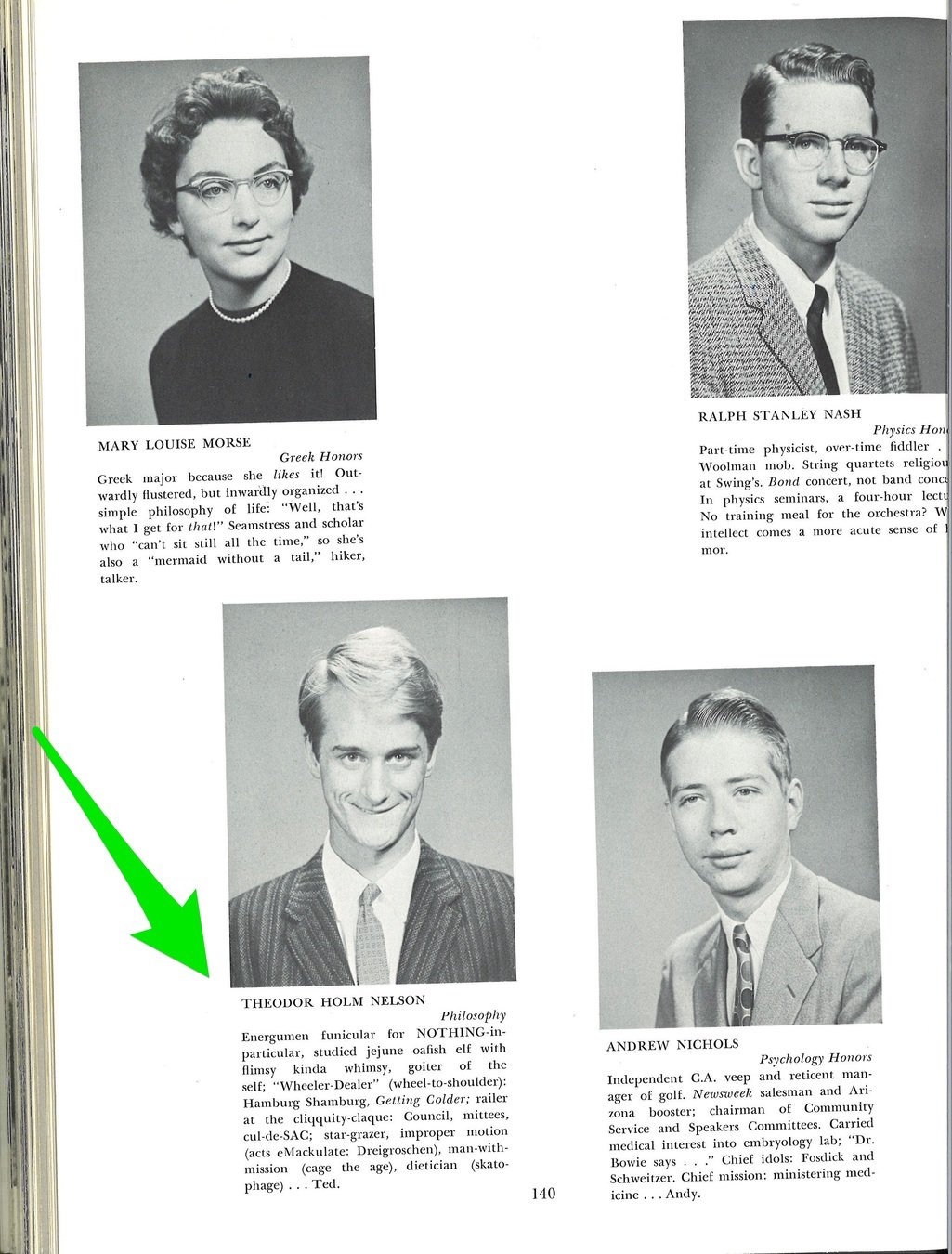
THEODOR HOLM NELSON
Philosophy
Energumen funicular for NOTHING-in-particular, studied jejune oafish elf with flimsy kinda whimsy goiter of the self: “Wheeler-Dealer” (wheel-to-shoulder): Hamburg Shamburg, Getting Colder; railer at the cliqquity-claque: Council, mittees, cul-de-SAC; star-grazer, improper motion (acts eMackulate: Dreigroschen), man-with-mission (cage the age), dietician (skatophage) . . . Ted.

Volvelles:
research
as an iterative process
Astronomicum Caesareum - Peter Apian (1540)
Thank You
- RV
- SE
- PH
Behrens, Shirley J. “A Conceptual Analysis and Historical Overview of Information Literacy.” College & Research Libraries 55, no. 4 (July 1, 1994): 309–22.
Bizup, Joseph. “BEAM: A Rhetorical Vocabulary for Teaching Research-Based Writing.” Rhetoric Review 27, no. 1 (January 4, 2008): 72–86.
Caulfield, Mike. “Check, Please! Starter Course." https://www.notion.so/checkpleasecc/.
Drabinski, Emily. “Becoming Librarians, Becoming Teachers: Kairos and Professional Identity.” Canadian Journal of Information and Library Science 40, no. 1 (2016): 27–36.
Underwood, Ted. “Theorizing Research Practices We Forgot to Theorize Twenty Years Ago.” Representations 127 (2014): 64–72.
Weiss, Stephen C. “The Origin of Library Instruction in the United States, 1820–1900.” Research Strategies 19, no. 3–4 (January 2003): 233–43.
Color gradients from UIGradients
Libraries and the Limimal Spaces of Disinformation
By Swarthmore Reference
Libraries and the Limimal Spaces of Disinformation
- 349



